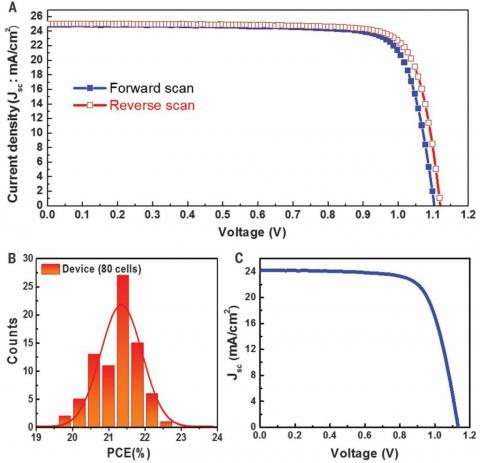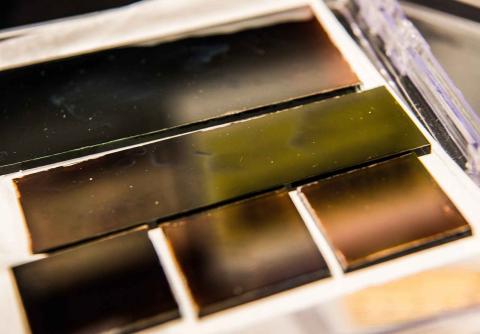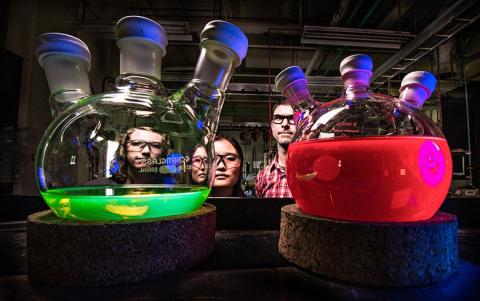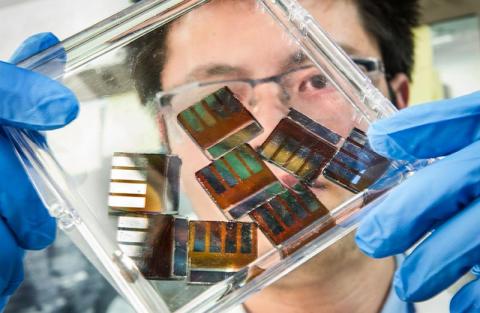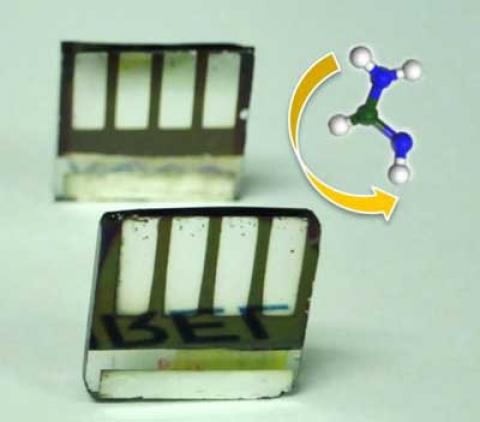Novel microscopic analysis of perovskite solar cells deepens understanding of their degradation
Scientists at the Department of Energy's National Renewable Energy Laboratory (NREL) and at the University of Texas at Austin have conducted the first quantitative nanoscale photoconductivity imaging of two perovskite thin films with different power conversion efficiencies.
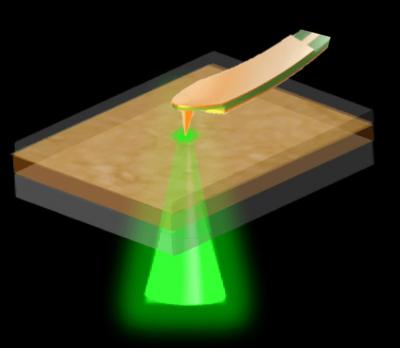
The team's microscopic analysis of perovskite solar cells reveals new insight into how the devices degrade'information necessary for improving their performance and moving the technology closer to commercialization.

